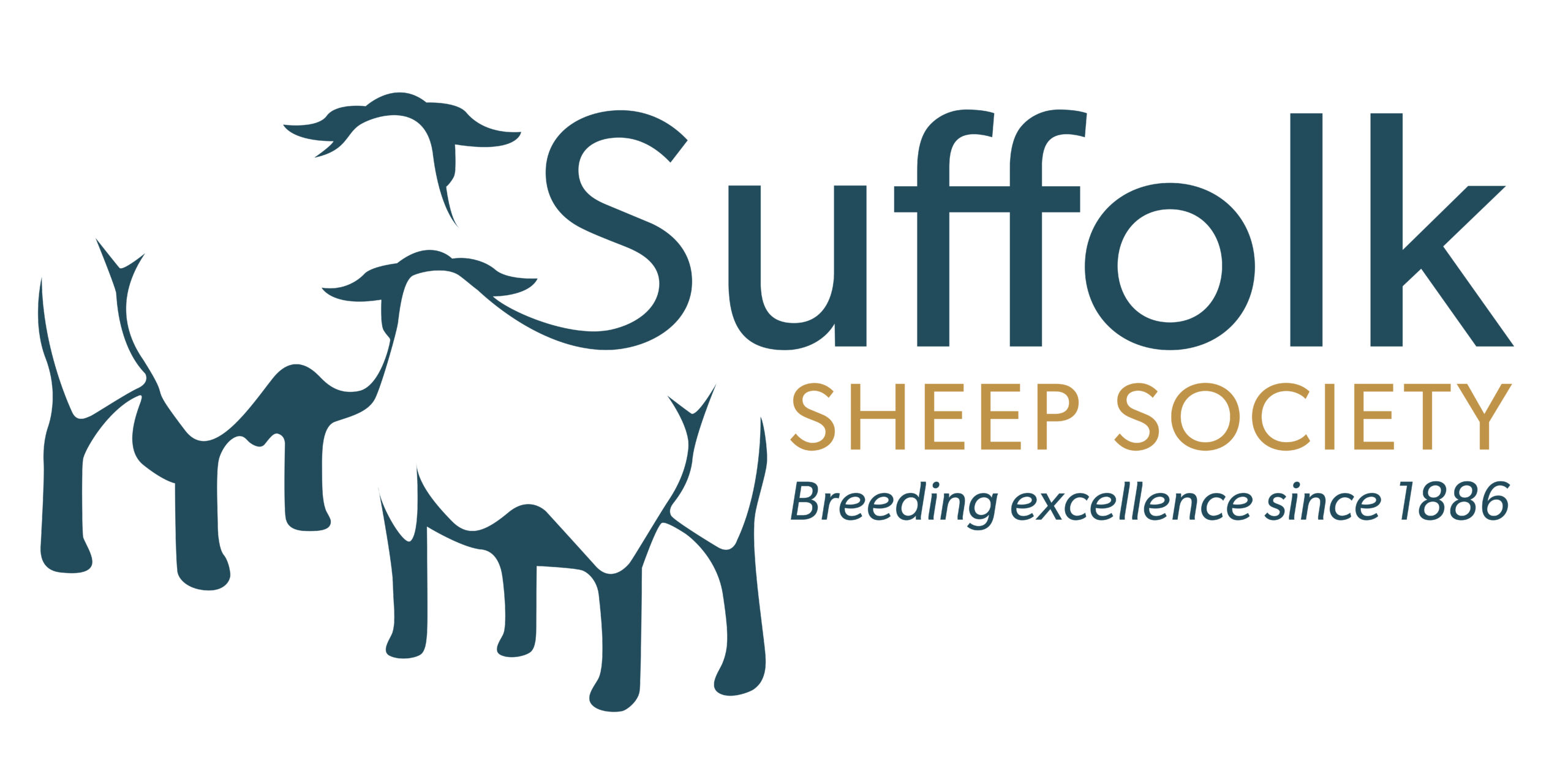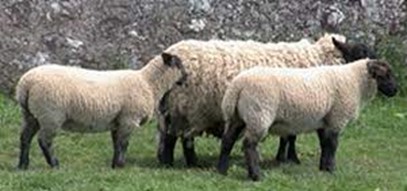Reminder to all as we head towards the Lambing Season.
As we head towards lambing season and for the benefit of our new breeders, we send out a reminder about tail docking which can either “make or break” your stock at shows and sales. Please take great care not to go too short when performing this essential task. Tail docking is a long-established practice in the sheep industry, it is not just for aesthetic reasons as we see in other livestock sectors such as dogs and cats. It is rather more of a future welfare issue if tails are left long.
Over 75 per cent of sheep flocks in the UK have reported incidents of flystrike in any given season, and an incidence of 1.6 per cent of sheep within each flock and there is evidence that soiling increases the risk of flystrike. It is well documented and researched the benefit and the protective effect of tail docking against flystrike.
Tail docking
The tail docking of lambs is covered by the Mutilations (Permitted Procedures) (England) Regulations (2007), which states that in all cases the remaining tail must be sufficient to cover the vulva of a female animal and the anus in a male animal. It also states that devices which constrict the flow of blood to the tail, such as rubber rings, may only be used in animals less than seven days old. When any other method is used for tail docking, anaesthetic must be used to comply with the law.
The UK legislation is well established with reference to mutilations for livestock species.
Key points to take from the above information:
“In all cases the remaining tail must be sufficient to cover the vulva of a female animal and the anus in a male animal.”




